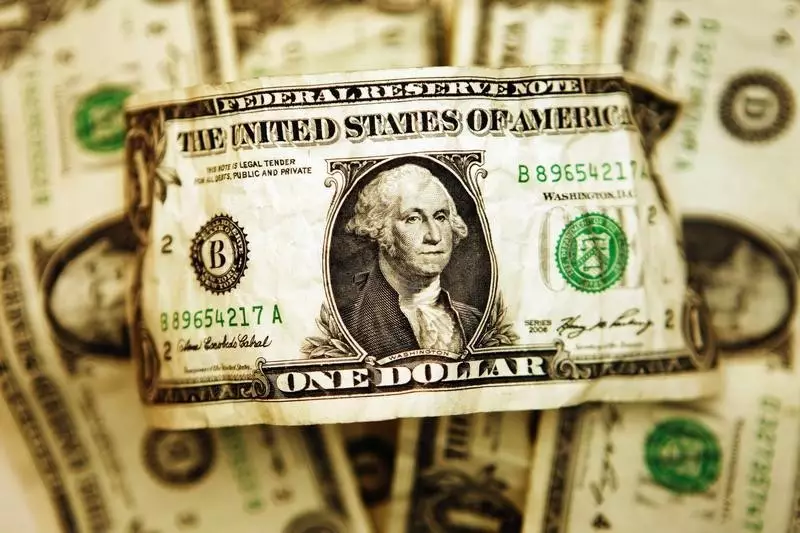The U.S. dollar has been experiencing some volatility in recent trading sessions, as investors eagerly await the release of next week’s U.S. inflation data. The Dollar Index, which measures the greenback against a basket of six other major currencies, was seen trading 0.2% higher at 105.605. This comes after the dollar hit a one-month low last week. Despite the recent stability in the dollar, there is still uncertainty surrounding the possibility of rate cuts by the Federal Reserve this year. Various Fed officials have differing opinions on the matter, with Minneapolis Fed boss Neel Kashkari suggesting that inflation and a strong economy could keep interest rates unchanged for the remainder of the year. However, Fed Bank of Boston President Susan Collins stated that the U.S. economy needs to cool down to bring inflation back to target levels. With the upcoming release of key inflation data, traders will be closely monitoring the April U.S. producer price index and consumer price index to gauge whether inflation has returned to the Fed’s desired 2% target rate.
Meanwhile, the pound sterling has slipped ahead of the Bank of England’s policy-setting meeting. GBP/USD was trading 0.2% lower at 1.2475. The Bank of England is not expected to make any changes to interest rates during this meeting, but the focus will be on whether officials hint at a potential rate cut in June. This is especially important as the European Central Bank has already signaled its intention to cut rates. With sterling short positions on the rise, there is a possibility of increased volatility if post-meeting guidance does not align with market expectations.
In Europe, EUR/USD saw a 0.1% decrease to 1.0732, with analysts at ING noting that the pair is unlikely to move significantly unless the Bank of England adopts a dovish tone which could pull GBP/USD lower. Meanwhile, USD/JPY rose by 0.3% to 155.87, despite the Bank of Japan displaying hawkish sentiments. The BOJ’s members have been advocating for steady interest rate hikes, with Governor Kazuo Ueda warning against inflationary pressures stemming from a weak yen. Despite this, the yen has continued to depreciate, even after suspected interventions. Lastly, USD/CNY rose by 0.1% to 7.2260, as the Chinese yuan struggled to maintain gains following stronger-than-expected import data in April, indicating some resilience in domestic demand.
The foreign exchange market is currently experiencing fluctuations driven by uncertainty surrounding interest rate policies and inflation data. Both the U.S. dollar and pound sterling are under scrutiny ahead of key central bank meetings, while the dynamics between the euro and yen continue to evolve. Traders will be closely monitoring economic indicators and central bank statements for cues on future currency movements.

